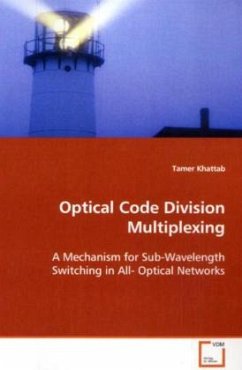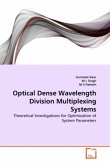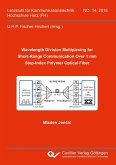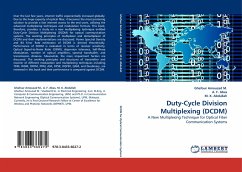Optical Code Division Multiplexing (OCDMA) is a
method used to enable simultaneous transmission of
multiple optical data flows over the same fiber
using the same wavelength. In OCDMA, isolation
between different data flows is achieved using a set
of uncorrelated, or loosely correlated, spreading
codes to encode the transmitted signal and decode it
at the receiver side. The process of encoding and
decoding is performed entirely in the optical
domain. This increases the granularity of traffic
isolation in the optical domain while maintaining
higher speed switching because of the all-optical
encoding/decoding capability. Although code
division multiplexing is a well established
technique in wireless transmission where all
processing of data and switching are performed
electronically, there are many challenges in
applying this scheme in the optical domain mainly
due to the different characteristics of the medium
and the signals values. This book addresses three
main aspects of OCDMA: Use of OCDMA for sub-
wavelength switching, modeling the performance of
OCDMA switching, and design of new mechanisms
to enhance the performance of OCDMA.
method used to enable simultaneous transmission of
multiple optical data flows over the same fiber
using the same wavelength. In OCDMA, isolation
between different data flows is achieved using a set
of uncorrelated, or loosely correlated, spreading
codes to encode the transmitted signal and decode it
at the receiver side. The process of encoding and
decoding is performed entirely in the optical
domain. This increases the granularity of traffic
isolation in the optical domain while maintaining
higher speed switching because of the all-optical
encoding/decoding capability. Although code
division multiplexing is a well established
technique in wireless transmission where all
processing of data and switching are performed
electronically, there are many challenges in
applying this scheme in the optical domain mainly
due to the different characteristics of the medium
and the signals values. This book addresses three
main aspects of OCDMA: Use of OCDMA for sub-
wavelength switching, modeling the performance of
OCDMA switching, and design of new mechanisms
to enhance the performance of OCDMA.








